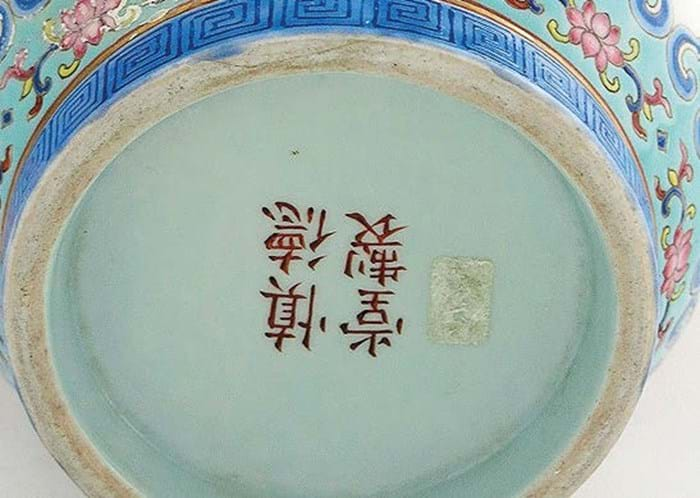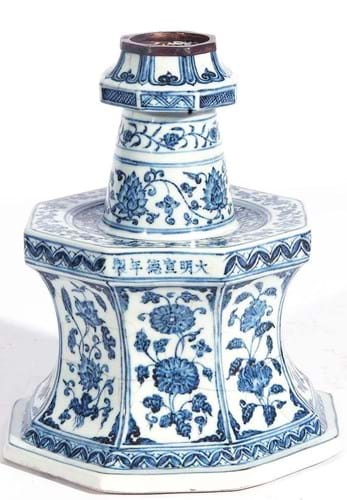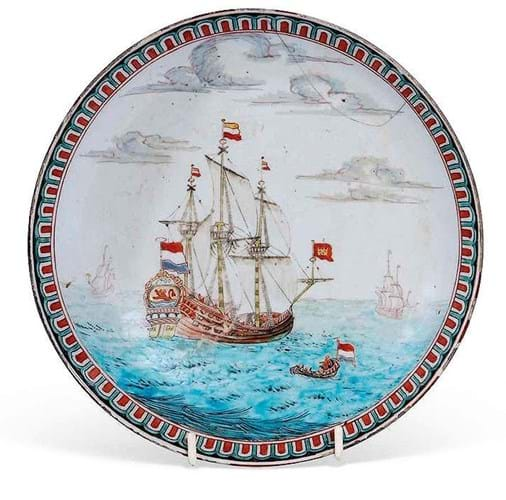These scenes of young Chinese males carrying auspicious objects and engaging in play bestow wishes for a large family of healthy and talented sons.
The 10in (25cm) example offered by Kinghams (23% buyer’s premium) in Moreton-In-Marsh on July 29 dated from the Daoguang period (1821-50). It was discovered on a routine Tuesday valuation day, brought in by a private client who had inherited it.

Daoguang famille rose ‘Hundred Boys’ vase with Shende Tang Zhi mark – £38,000 at Kinghams.
Adding to its appeal was the Shende Tang Zhi mark in iron red to the base, a ‘hall’ mark associated with a range of fine porcelains, renowned for their delicacy, made for the Hall for the Cultivation of Virtue, a favourite summer residence of the emperor Daoguang.
The vase was in openly poor condition – it had been smashed and simply repaired – so would not command the six-figure sums the best of these pieces can make.
However, with five phones booked and numerous bidders online, it raced past the estimate of £800-1200 to sell at £38,000 to a UK-based Chinese collector.
Distinctive candlestick
It was a very different – but also damaged – piece of Chinese porcelain that topped the three-day sale held by Keys (20% buyer’s premium) in Aylsham on July 27-29.
This was a blue and white octagonal altar candlestick in the early Ming style that, guided at £2000-3000, was competed to a speculative £16,200. It sold to a Canadian buyer.
Pieces of this distinctive type were first made for a relatively short period in the Yongle and Xuande reigns – a blend of Chinese expertise and the Islamic culture that arrived through the Silk Road. The form was one of the new ‘foreign’ shapes introduced to Chinese porcelain in the 15th century that borrowed directly from early Islamic metalwork of the 13th and 14th century.
This example has a Xuande (1426-35) six-character mark to the drip cup, although the auction house thought it was probably an honorific piece made in the Qing period. More unequivocable was its damaged state: as well as a crack to the body, the socket had at one point been broken, ground down and repaired with a white metal mount. Its current weight was 11in (27cm) high.
This Norfolk sale also included a good example of ‘clobbered’ porcelain: an early 18th century Chinese porcelain dish, later decorated in Holland with a warship carrying the date 1700 and arms of Zeeland.
Chinese and Japanese porcelain was embellished by European (mainly Dutch, English and German) decorating workshops throughout the 18th century. This 9in (22cm) finely decorated shallow bowl is similar to examples pictured in Helen Espir’s European Decoration on Oriental Porcelain (2005). It had a hairline and riveted repair to the rim but sold at £2600 (estimate £800-1200).

















